Author: Paul Amico
Developed by the Hop Breeding Company and currently still in the experimental phase, HBC 586 not only sports a strong bittering potential, but it’s said to contribute unique fruity notes of mango, guava, and citrus, particularly when used later in the brewing process. Haas juiced up the potency of this new hop variety by producing a LUPOMAX version, which possesses less vegetal matter and a higher concentration of lupulin.
Alpha: 17%
Beta: 7.5 – 8.5%
Cohumulone: unknown
Total Oil: 1.2 – 2.5 mL/100g
Myrcene: 40 – 50%
Humulene: 14 – 22%
Caryophyllene: 7 – 15%
Farnesene: < 1%
Linalool: < 1%
Geraniol: 1 – 3%
ß-Pinene: unknown
Parentage: Hybrid pollination of unpatented female YCR 21 and male parent 01239-2
I love experimenting with new hops, especially when the descriptions align with my preference for fruitiness, which certainly the case for HBC 586. Given my very positive experience with LUPOMAX hops, I was very excited to see how HBC 586 LUPOMAX would work in a single-hop Pale Ale.
| MAKING THE BEER |
I went with our standard Hop Chronicles Pale Ale recipe for this batch, adjusting the kettle hop additions to keep the bitterness in check.
HBC 586 LUPOMAX Pale Ale
Recipe Details
| Batch Size | Boil Time | IBU | SRM | Est. OG | Est. FG | ABV |
|---|---|---|---|---|---|---|
| 5.5 gal | 60 min | 32.9 | 5.7 SRM | 1.054 | 1.01 | 5.78 % |
| Actuals | 1.054 | 1.01 | 5.78 % | |||
Fermentables
| Name | Amount | % |
|---|---|---|
| Lamonta: Pale American Barley Malt | 10 lbs | 83.33 |
| Vanora: Vienna-style Barley Malt | 2 lbs | 16.67 |
Hops
| Name | Amount | Time | Use | Form | Alpha % |
|---|---|---|---|---|---|
| LUPOMAX HBC 586 | 8 g | 35 min | Boil | Pellet | 17 |
| LUPOMAX HBC 586 | 12 g | 15 min | Boil | Pellet | 17 |
| LUPOMAX HBC 586 | 14 g | 5 min | Boil | Pellet | 17 |
| LUPOMAX HBC 586 | 28 g | 2 min | Boil | Pellet | 17 |
| LUPOMAX HBC 586 | 56 g | 4 days | Dry Hop | Pellet | 17 |
Yeast
| Name | Lab | Attenuation | Temperature |
|---|---|---|---|
| Flagship (A07) | Imperial Yeast | 77% | 32°F - 32°F |
Notes
| Water Profile: Ca 92 | Mg 1 | Na 10 | SO4 153 | Cl 50 |
Download
| Download this recipe's BeerXML file |
I started off my brew day by collecting the full volume of filtered water.
After adjusting the water to my desired profile and flipping the switch on my controller to heat it up, I weighed out and milled the grain.
When the water was properly heated, I incorporated the grains and set the controller to maintain my desired mash temperature of 152°F/67°C before preparing the kettle hop additions.
Once the 60 minute mash rest was complete, I removed the grains and proceeded to boil for 60 minutes, adding hops at the times stated in the recipe. When the boil was complete, I used my CFC to chill the wort during transfer to a sanitized fermenter.
A refractometer reading showed the wort was at my target OG.
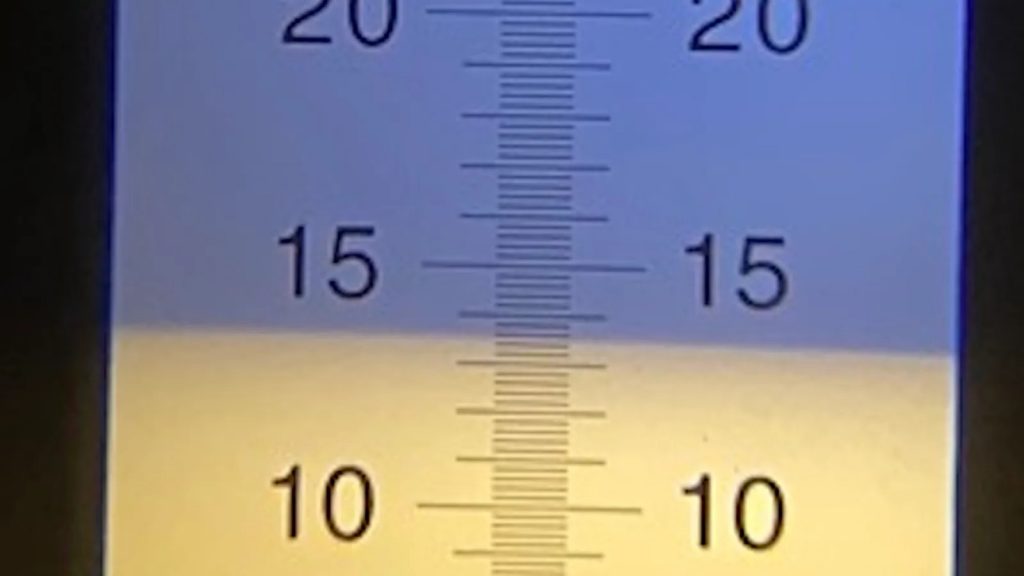
Next, I direct pitched a single pouch of Imperial Yeast A07 Flagship into the wort.
The beer was left to ferment at 66°F/19°C for 2 weeks before I took a hydrometer measurement confirming FG was reached, at which point I pressure transferred it to a CO2 purged keg.
The filled keg was placed in my keezer and burst carbonated overnight before I reduced the gas to serving pressure. After a week of conditioning, I began serving it to blind tasters.
| METHOD |
Participants were instructed to focus only on the aromatic qualities of the beer before evaluating the flavor. For each aroma and flavor descriptor, tasters were asked to write-in the perceived strength of that particular characteristic on a 0-9 scale where a rating of 0 meant they did not perceive the character at all and a 9 rating meant the character was extremely strong. Once the data was collected, the average rating of each aroma and flavor descriptor was compiled and analyzed.
| RESULTS |
A total of 32 people participated in the evaluation of this beer, all blind to the hop variety used until after they completed the survey. The average aroma and flavor ratings for each descriptor were plotted on a radar graph.
Average Ratings of Aroma and Flavor Perceptions
The 3 characteristics endorsed as being most prominent by participants:
| Aroma | Flavor |
| Citrus | Citrus |
| Tropical Fruit | Tropical Fruit |
| Apple/Pear | Stone Fruit + Floral (tie) |
The 3 characteristics endorsed as being least prominent by participants:
| Aroma | Flavor |
| Onion/Garlic | Onion/Garlic |
| Dank/Catty | Melon |
| Spicy/Herbal + Berry (tie) | Berry |
Next, participants were asked to rate the pungency/strength of the hop.
Tasters were then instructed to identify beer styles they thought the hop would work well in.
Finally, participants were asked to rate how much they enjoyed the hop character on a 1 to 10 scale.
My Impressions: It’s not often I genuinely love single-hop beers, but this was certainly the exception. HBC 586 LUPOMAX left the impression of layered hop character with what I perceived as ripe pineapple taking the lead while notes of other tropical fruit and citrus were right behind. I did get a hint of dank in the finish of this beer, and I personally thought it rounded the whole experience out. I loved this beer!
Marshall’s Impressions: Wow! I was fortunate enough to spend some time in Paul’s garage while this beer was still on tap, and I was blown away with how complex the hop character was– juicy, ripe mango and pineapple with supporting notes of grapefruit and floral. I also got a whisper of dank cannabis in the aroma that reminded me of a classic West Coast IPA. I trust regular HBC 586 pellets are great, but after my experience with this beer, I can’t see myself using anything other the LUPOMAX version. It really was delicious.
| CONCLUSION |
Brewers of today are incredibly lucky to have such a vast selection of hops available to them, most of which started as experimental varieties before being given a proper name and offered on the open market. Still technically in the experimental phase, HBC 586 is a unique variety spawned from lesser known parents that’s described as imparting beer with with a menagerie of desirable fruity characteristics. John I. Haas recently released a LUPOMAX version of this variety with a higher concentration of lupulin and less vegetal matter, meaning more pungency with less overall usage rates.
In line with existing descriptions, the most prominent aroma and flavor characteristics noted by blind tasters of a Pale Ale brewed solely with HBC 586 LUPOMAX were citrus and tropical fruit while notes of onion/garlic, dank/catty, and melon were rated lowest. The vast majority of tasters rated the pungency as moderate to mild, which may be a function of our usage rates for The Hop Chronicles. Given its fruity nature, it’s no surprise the beer styles most felt HBC 586 LUPOMAX would work best in are IPA and American Pale Ale, though some also thought it’d be good in less hoppy styles like pale lager, Blonde Ale, and Weissbier.
Having brewed well over 50 single-hop beers for The Hop Chronicles, I’ve admittedly gotten used to having simple, unidimensional beers on tap that, while certainly enjoyable drink, don’t really offer much else. This HBC 586 LUPOMAX Pale Ale was unquestionably different, to the point I’d actually consider using it on its own again in the future. Chock full overripe tropical fruit with balancing notes of citrus and floral, the hop character in this beer was surprisingly complex, to the point I found myself going for it more than other beers I had on tap at the time. Whenever this variety gets a proper name, I have a feeling it’s going to be very popular, so I plan to load up while I can!
HBC 586 LUPOMAX hops are available now at Yakima Valley Hops, get some while you can! If you have any thoughts on this variety, please feel free to share them in the comments section below.
Support Brülosophy In Style!
All designs are available in various colors and sizes on Amazon!
Follow Brülosophy on:
FACEBOOK | TWITTER | INSTAGRAM
If you enjoy this stuff and feel compelled to support Brulosophy.com, please check out the Support page for details on how you can very easily do so. Thanks!



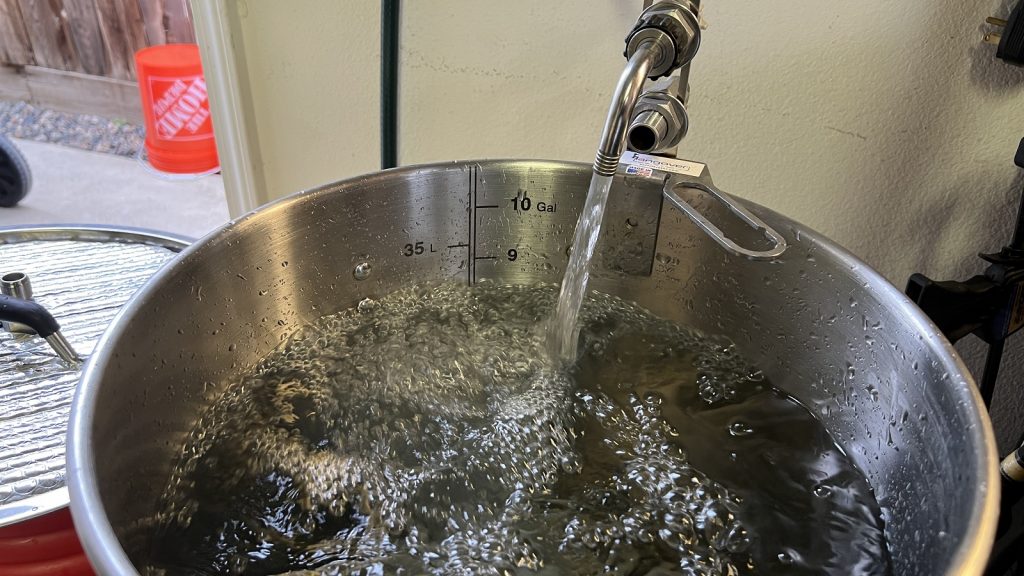
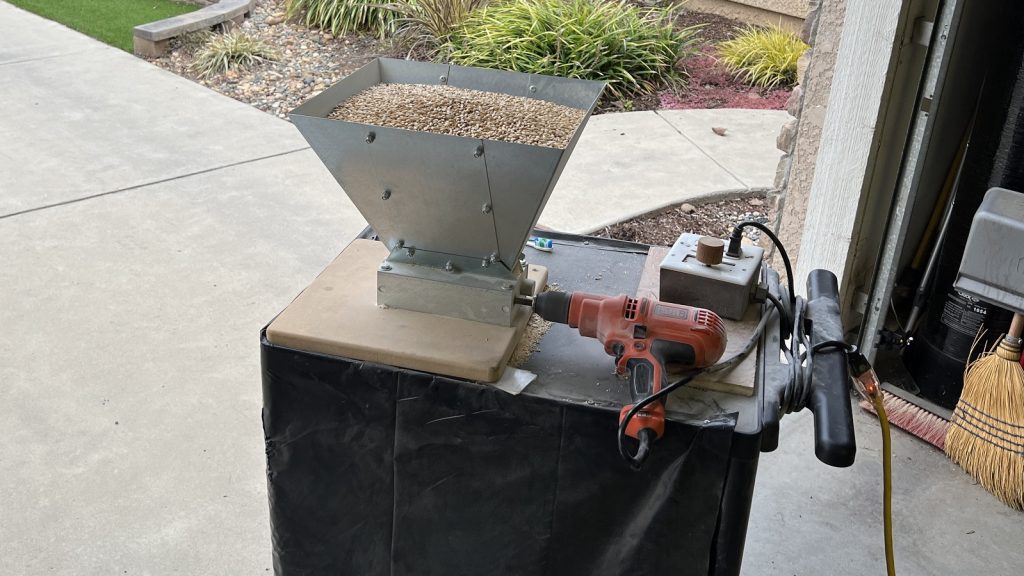
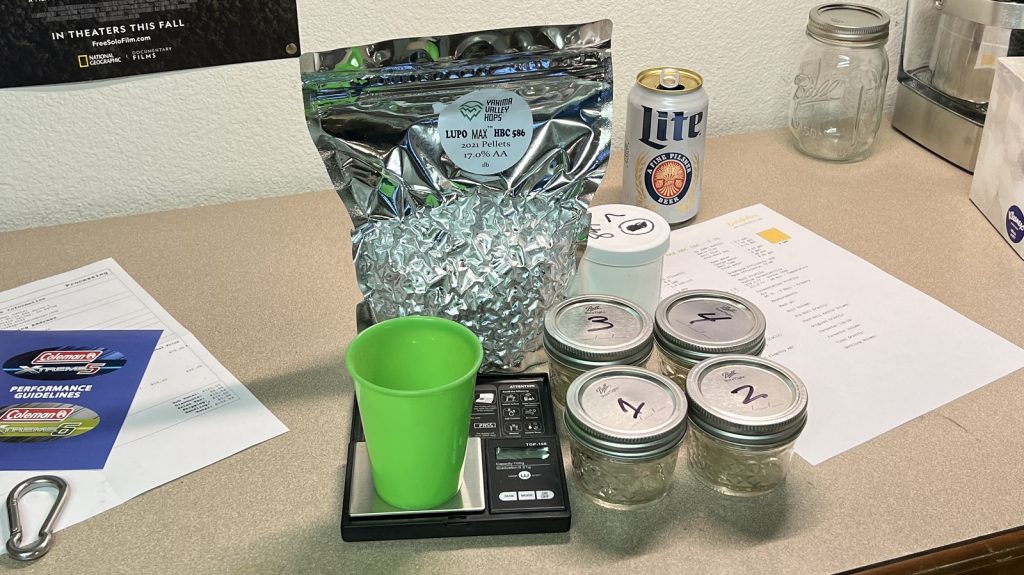
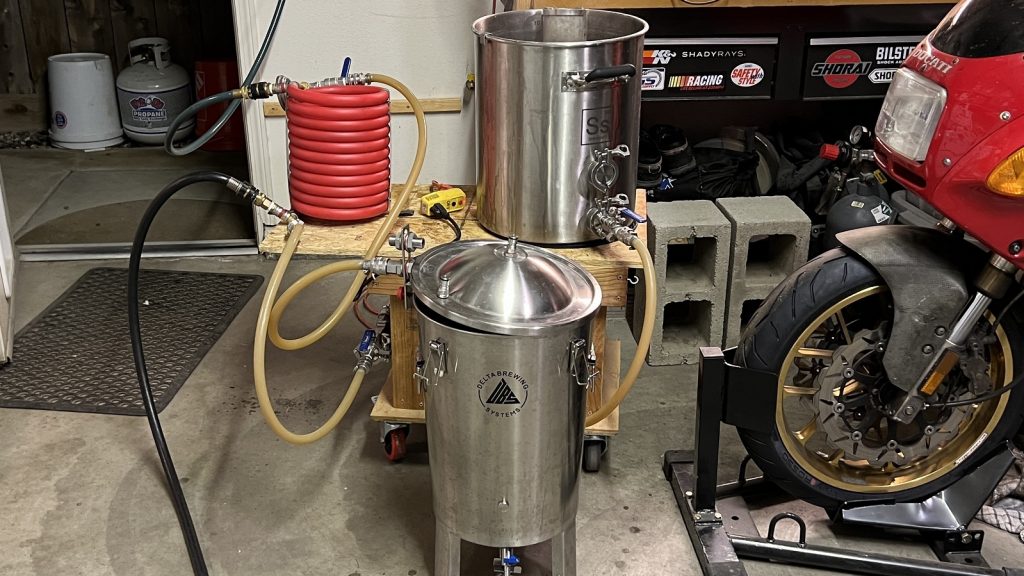
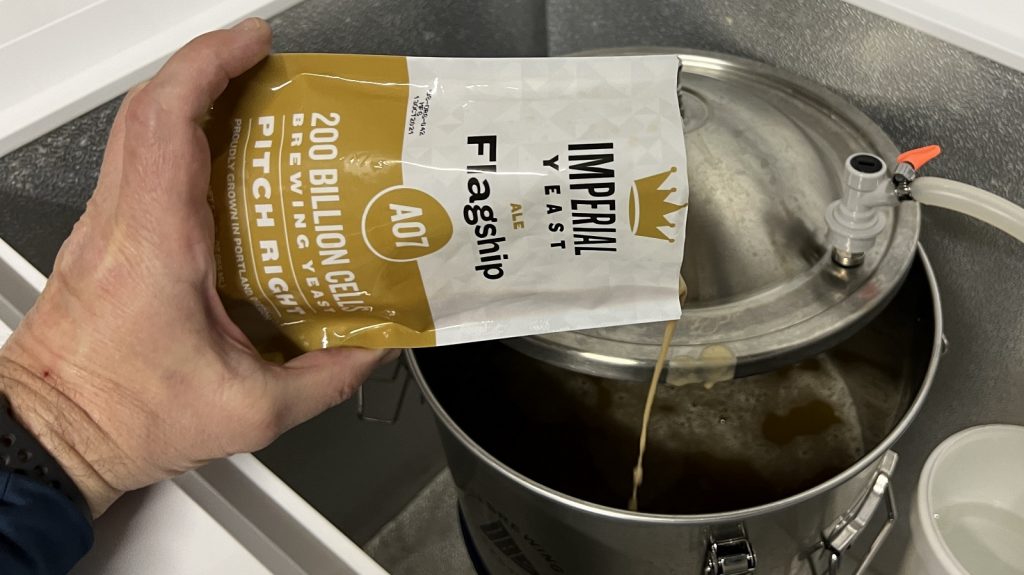
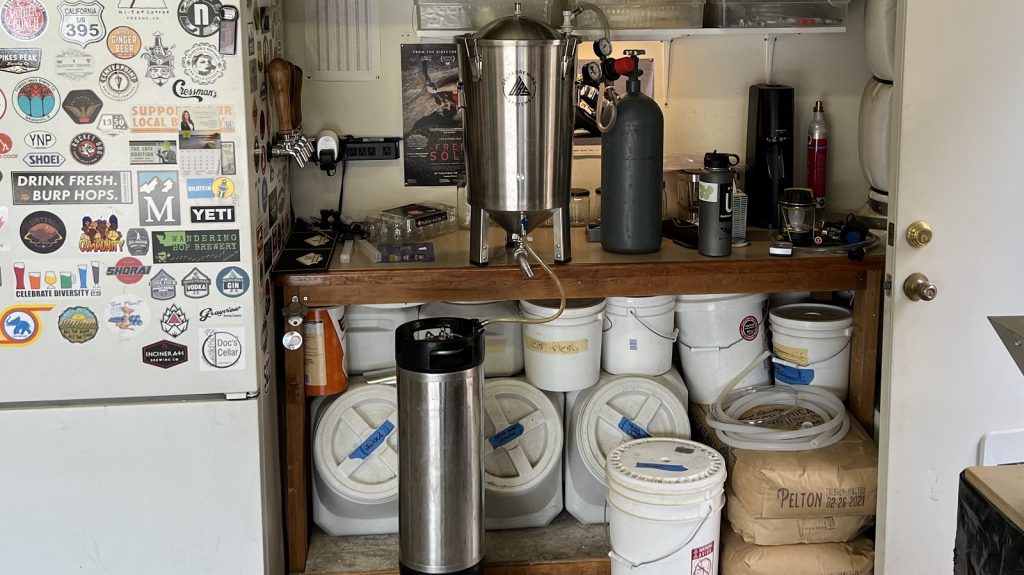
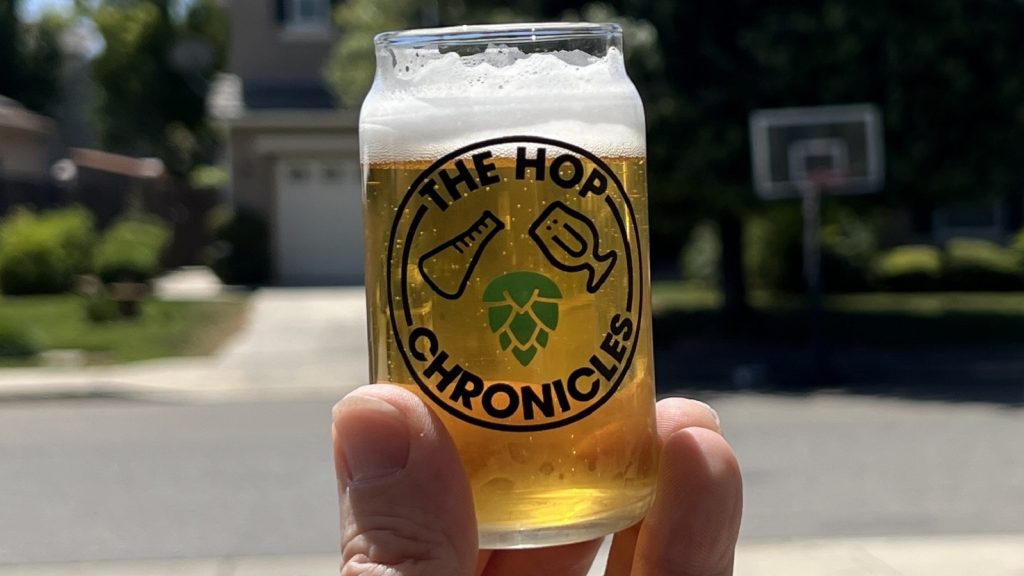

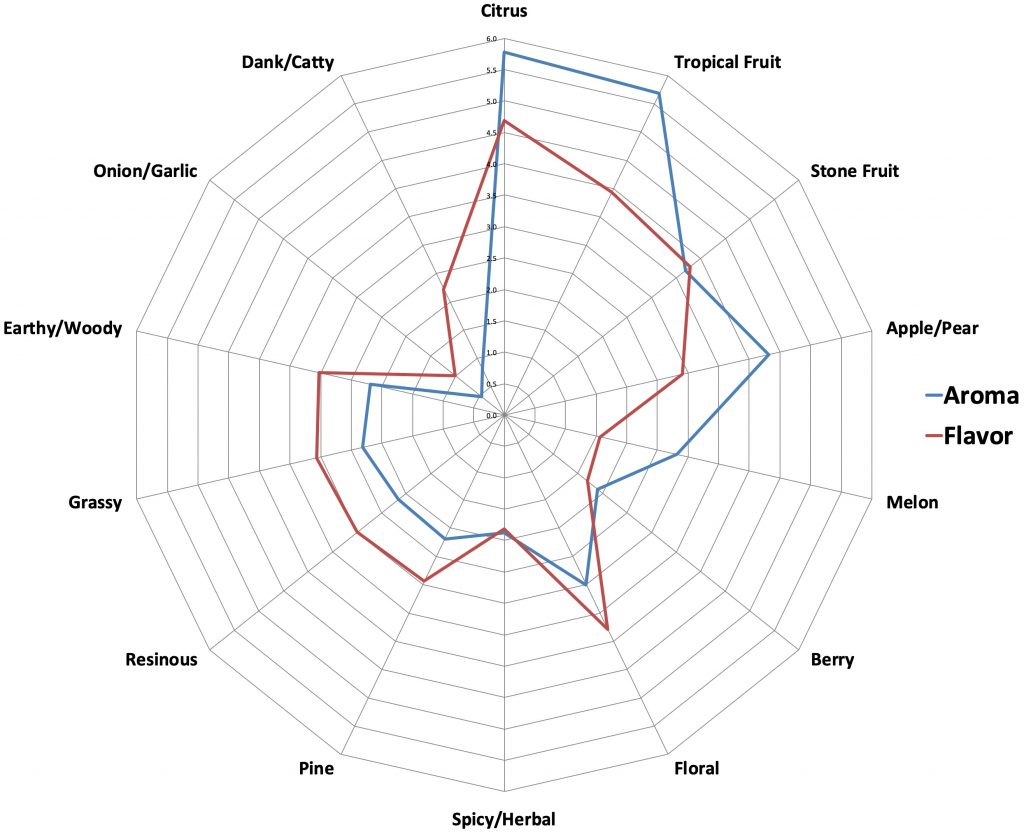
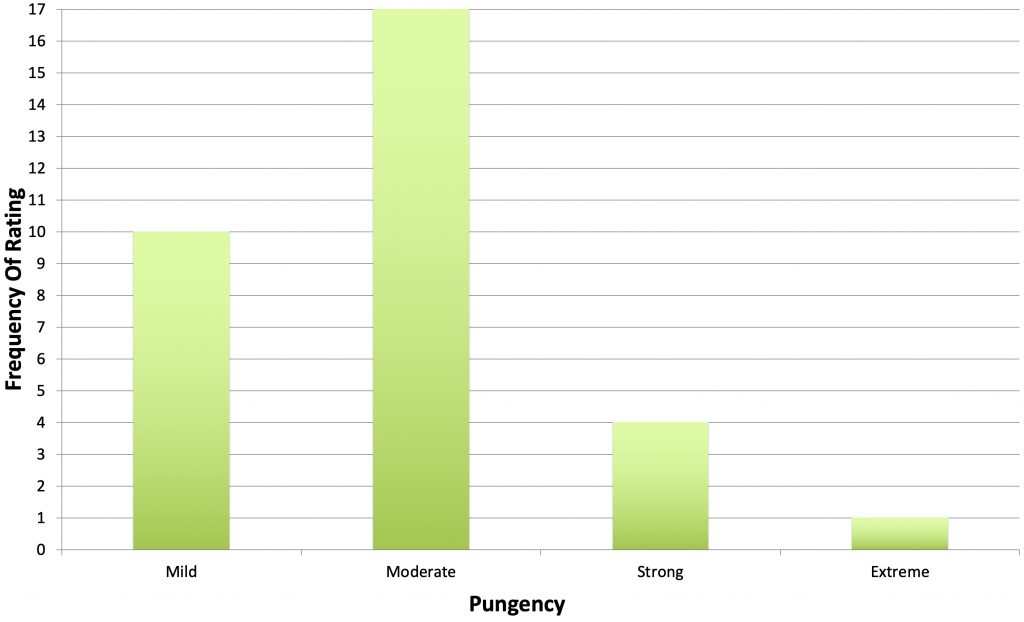
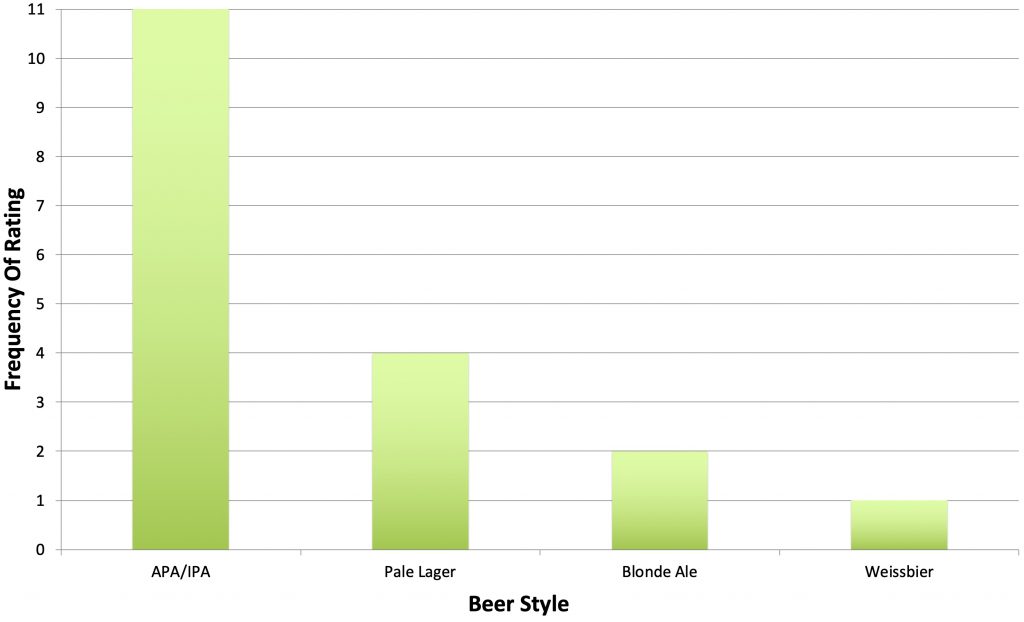
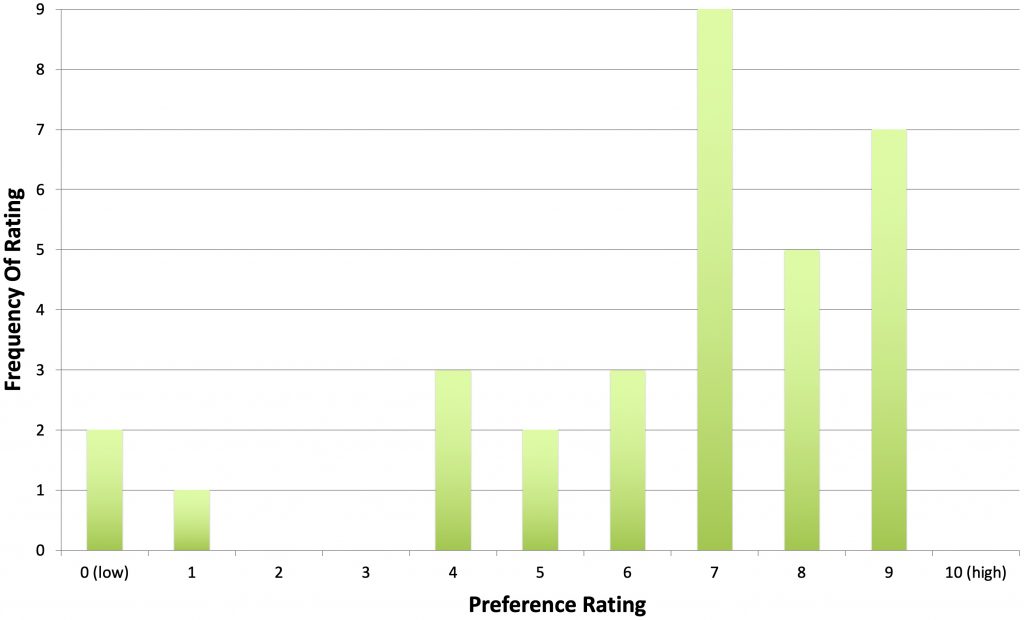











3 thoughts on “The Hop Chronicles | HBC 586 LUPOMAX (2021) Pale Ale”
586 has been one of my favorite hops for awhile now. There is no doubt in my mind this will be a well known “named” hop soon and for years to come. It reminds me of Mosaic based on its layered fruity complexity, and the fact that Mosaic also makes a fabulous single hop beer. Delicious!
Any thoughts about adding Motueka hops in with the dry hops, or at some other point in the process? Yakima Valley Hops included a free 2 oz bag with the 16 oz bag of HBC 586 that I ordered.
Great timing! I just won some of this as part of a competition prize…. Really excited to try it out after reading this!